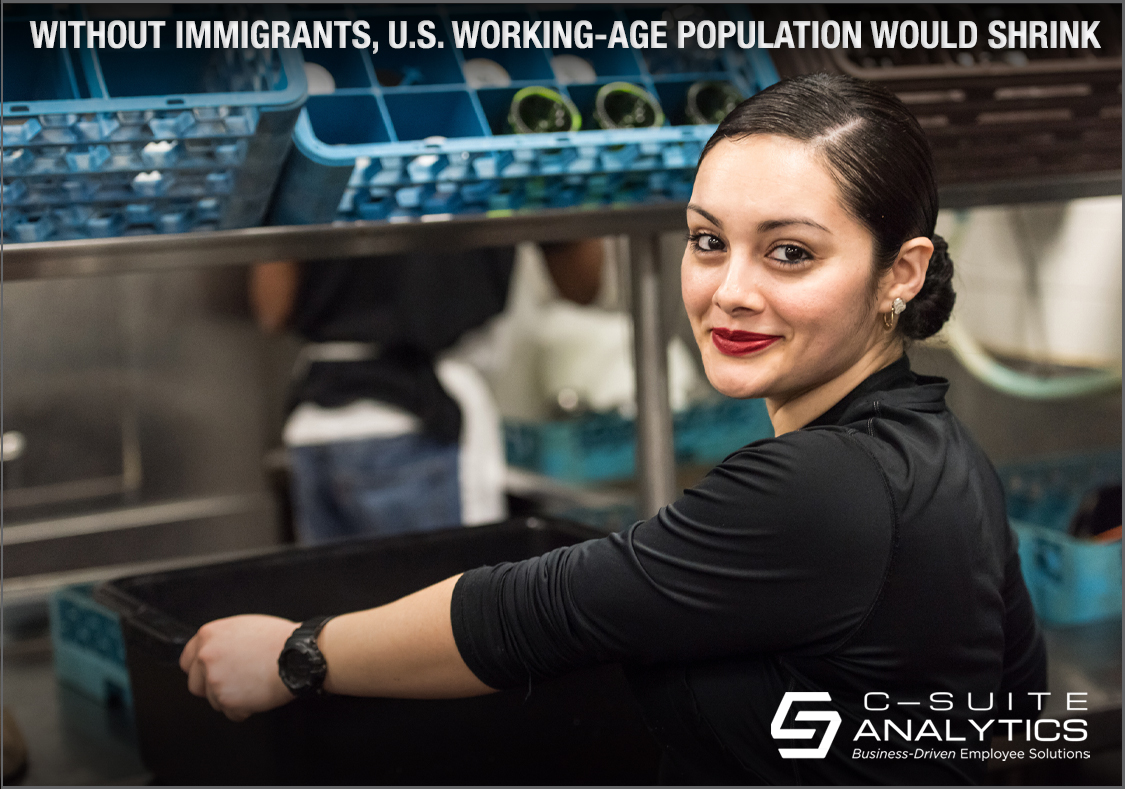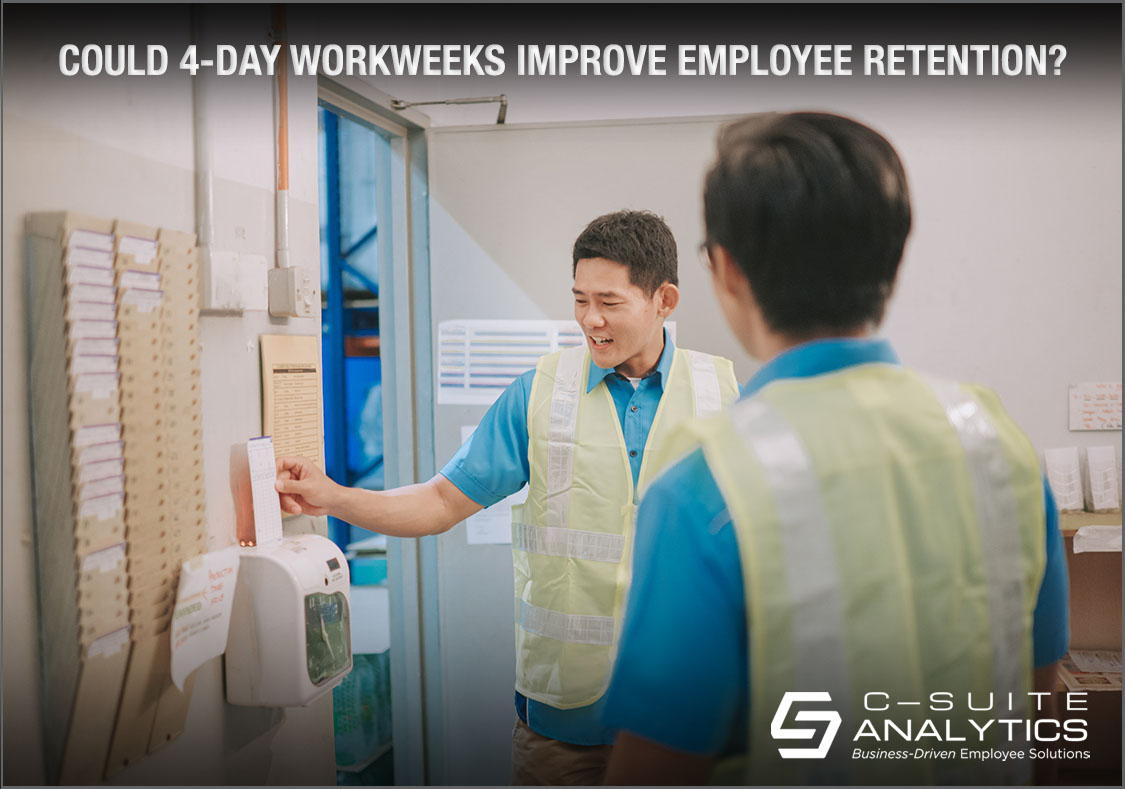According to the National Education Association, a full 600,000 teachers have already left teaching since January 2020, and a recent NEA poll indicated 55% more will quit prematurely. So, teachers are fast becoming a very talented recruiting pool.
Startling Facts: How 2020 Impacted Working Women

This is a report on American compassion and on choosing the right priorities, all of which at the same time are making careers more difficult for working women…along with the resulting deterioration of U.S. organizations’ turnover rates and employee engagement.
In President Biden’s town hall meeting last Tuesday night on CNN, the first flurry of questions pertained to getting our kids back into school. Discussions ranged from how soon would schools re-open, then to their closings’ impact on our children’s social development, leading next to whether to move teachers up on the vaccination list…and then one 2nd grader’s fear that she and her brother would die from COVID-19.
The much-less told story is how many women dropped out of the workforce during 2020’s upside-down-world shenanigans, and most of them still remain on the sidelines. The reasons for this particular contribution to your turnover rates cover a lot of ground. First came April’s mass layoffs where the impacted jobs included more women than men, followed by the crushing awareness that schools would close. Or stay open. Or stay open sometimes. And as the school rules changed, no parent could predict when schools would return to normal. Nor can any parent predict when schools will return to normal even now.
And as school availability became shaky, so did daycare for pre-school kids. Even if facilities remained open, we had by then developed a creepy anxiety about who our kids should be around. Placing ourselves back into those first few months of the pandemic, no one knew whether kids or even babies were susceptible to the virus. Our first-reaction emotions were focused on people walking around with masks. For parents, those were the scariest times.
You can be sure that while politicians are aiming one eye on school re-openings because of our children’s development, they have their other eye on the economy. Parents can’t hold jobs or in some cases perform them effectively while they sit with their laptops on one end of the dining room table while their 3rd-grader sits at the other end of the table. Maybe the real legislation we need is about how many zoom meetings may be scheduled concurrently around that same dining room table.
When schools are closed Moms are less likely to work, resulting in less money being circulated in stores, restaurants, and on Amazon which is where most pandemic dollars seem to be getting spent.
For the record, 2.2 million women left the workforce during 2020, and their stories make clear that no amount of employee engagement could have kept them. This data and more have been reported by the National Women’s Law Center and you can read their full report here: https://nwlc.org/wp-content/uploads/2020/11/October-Jobs-Day.pdf
The closest case study I know involves my daughter Mackenzie, who decided last July to pull the plug on teaching during the pandemic. She was worried because close relatives were immune compromised so thought best to stay home with her two-year old son, with a second baby on the way. She and her hubby calculated how to manage on less income for a while, all while knowing that a limited number of tutoring hours offsets full-time teacher pay. And predictably, the tutoring business is thriving while parents struggle to help their at-home kids learn their lessons.
Mackenzie’s story is a good one but there are many more bad ones, starting with single moms who can’t pay their rent. Having quit their jobs for the sake of their children, these moms wonder what jobs will be available when their children return to their daily school routines. Many of these moms sacrificed jobs where they had stayed for five years or more, building strong-performance reputations that have credence only if that same company hires them back. And for many their jobs had become customized over time, leveraging their best skills and interests and thus permitting them to excel. New jobs…if they find one…might offer less of everything including pay, benefits, a good boss, or an easy commute.
There is little wonder why our workforce and those who have left it have stressed out and continue to stress out during the pandemic. Just one example is that Rx company Express Scripts reported that a full 78% of prescriptions written during mid-March of last year for all antidepressants, anti-anxiety medications and anti-insomnia medications were new prescriptions. And shortly after, the Food and Drug Administration added Zoloft to its shortage list.
Of course, those who are unemployed by their choice or another’s choice are focused on short-term survival money only. But thinking further out, in 2015 just 37% of Americans said they expected to postpone retirement due to their financial situations. In 2019 that number grew to 52%. What will that number be in the years ahead? Many Americans will never retire unless their bodies force them to as 78% of us live paycheck-to-paycheck.
I’ve written here before about the stunning number of employees who quit their jobs during the pandemic, one example being the number of job quitters during Q4 2020 was almost the same number who quit in that same quarter in 2019 when unemployment was around 3.6%. To be clear, the 2.2 million women who left the workforce in 2020 comprised just 6% of the total number of leavers during 2020 so the number of voluntary quits remains astounding to me.
I hope company recruiters and their commercial software counterparts are ready to understand each applicant’s pandemic plight, rather than screen out great workers who stayed home with their kids. There is an immense amount of talent today sitting at home, on zoom meetings with teachers instead of with their boss.
Dick Finnegan is SHRM’s top-selling author and top-rated webcast presenter. Please email your comments to DFinnegan@C-SuiteAnalytics.com. You are also welcome to forward this blog to anyone you believe would find it helpful.



